Fireworks are likely dying down in your neighborhood as New Year's celebrations draw to a close. However, for neutron stars, which are dead stars that spin so fast they can celebrate an Earth New Year around twice a second, the cosmic fireworks may aptly never end.
New research suggests that the celestial fireworks displays generated in highly magnetic environments close to some neutron stars could account for rapid and mysterious blasts of energy called fast radio bursts (FRBs).
Though this connection has been drawn many times before, these results, published on Wednesday (Jan. 1) in the journal Nature, are novel because they show that FRBs seem to originate from very close to these extreme dead stars. That distance is equivalent to just twice the distance between New York and Los Angeles.
"In these environments of neutron stars, the magnetic fields are really at the limits of what the universe can produce," team leader and Massachusetts Institute of Technology (MIT) researcher Kenzie Nimmo, a postdoc at the Kavli Institute for Astrophysics and Space Research, said in a statement.
Fast radio bursts and neutron stars
As impressive as the light shows generated by earthly human-made fireworks can be, FRBs put them to shame.
Lasting just a thousandth of a second, an FRB can emit the same energy it would take the sun three days to radiate. As a result, these powerful blasts of energy can outshine entire galaxies.
This incredible power may lead you to conclude that FRBs are rare, but that isn't the case. Since astronomers spotted the first FRB in 2007, thousands have been detected. Some erupt up to 8 billion light-years away, and some are so close that they occur within the Milky Way.
Though bright and common, the cause of FRBs has managed to remain a mystery. Their power has, however, linked them to the universe's most extreme environments: the regions around neutron stars.
"There's been a lot of debate about whether this bright radio emission could even escape from that extreme plasma," Nimmo said.
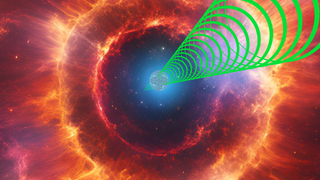
Neutron stars are stellar remnants created when massive stars die and their cores, with masses around one or two times that of the sun, squash down to a width of around 12 miles (20 kilometers). The neutron stars with powerful magnetic fields are known as "magnetars."
"Around these highly magnetic neutron stars, also known as magnetars, atoms can't exist — they would just get torn apart by the magnetic fields," team member and MIT researcher Kiyoshi Masui said in the statement.
There are two prevailing theories surrounding magnetars and FRB emissions. One suggests they occur close to these dead stars in the turbulent conditions the objects' extreme gravity generates. The other theory suggests that FRBs are created by shockwaves propagating from neutron stars and thus that originate further out from these dense stellar remnants.
To choose between these origins, the team turned to an FRB called FRB 20221022A, a radio signal with some unique properties. And, the scientists were sure to use a scintillating new analysis method.
Twinkle, twinkle FRB
FRB 20221022A was first detected in 2022 by the Canadian Hydrogen Intensity Mapping Experiment (CHIME) radio telescope. It was determined to have originated from a neutron star in a galaxy located around 200 million light-years away.
In many ways, FRB 20221022A is a typical FRB, but one thing that stood out in CHIME data was the fact that the light in this signal was polarized. This indicated it originated close to a neutron star.
To determine if this is the case, the team used this FRB's "scintillation" to analyze it in depth and obtain a more precise location for its origin point. If the term scintillation sounds familiar, that is because it is the physical process that causes stars to "twinkle" as the light they emit strikes particles in Earth's atmosphere.
The team reasoned that the scintillation of this FRB could help them determine the size of the region from which it emerged.
More scintillation means an origin in the turbulent magnetic environment around the neutron star; no observed scintillation would mean an origin further from the neutron star, favoring the shockwave theory.
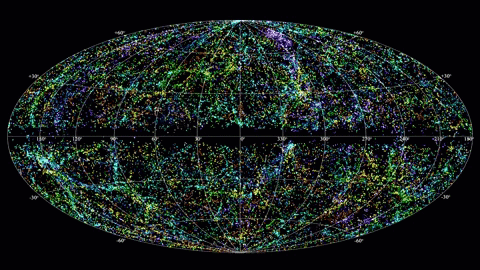
The changes in brightness of the FRB revealed that FRB 20221022A erupted at a distance of no more than 6,200 miles (10,000 kilometers) from a rapidly rotating neutron star. For context, that is just around 1/40th the distance between Earth and the moon.
“Zooming into a 10,000-kilometer region, from a distance of 200 million light years, is like being able to measure the width of a DNA helix, which is about 2 nanometers wide, on the surface of the moon," Masui said. "There’s an amazing range of scales involved."
The team's deeper investigation of FRB 20221022A seems to rule out the possibility that FRBs emerge from shockwaves hitting the wider environments of magnetars.
"The exciting thing here is that the energy stored in those magnetic fields, close to the source, is twisting and reconfiguring such that it can be released as radio waves that we can see halfway across the universe," Masui explained.
The team's findings serve as the first evidence that FRBs begin close to neutron stars, with the team hoping their scintillating technique can now be applied to other FRBs.
“These bursts are always happening, and CHIME detects several a day," Masui said. "There may be a lot of diversity in how and where they occur, and this scintillation technique will be really useful in helping to disentangle the various physics that drive these bursts."
.png)
 1 week ago
11
1 week ago
11
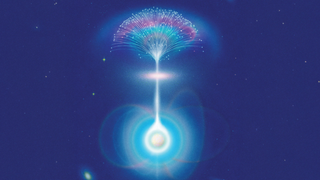
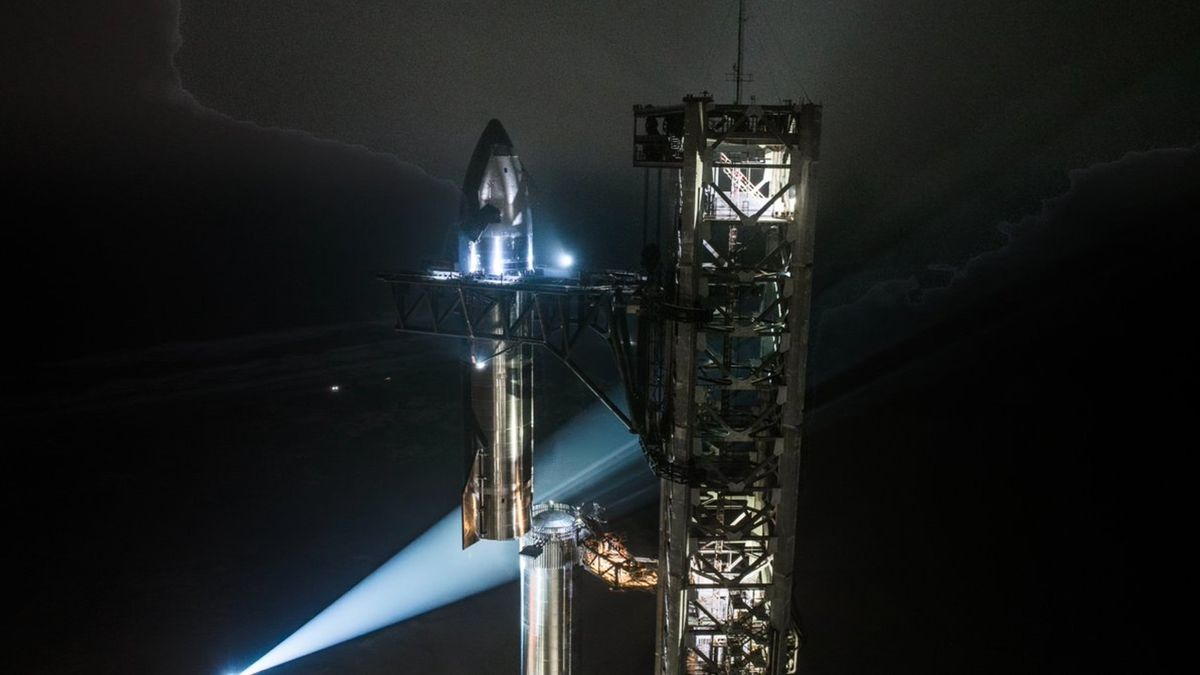
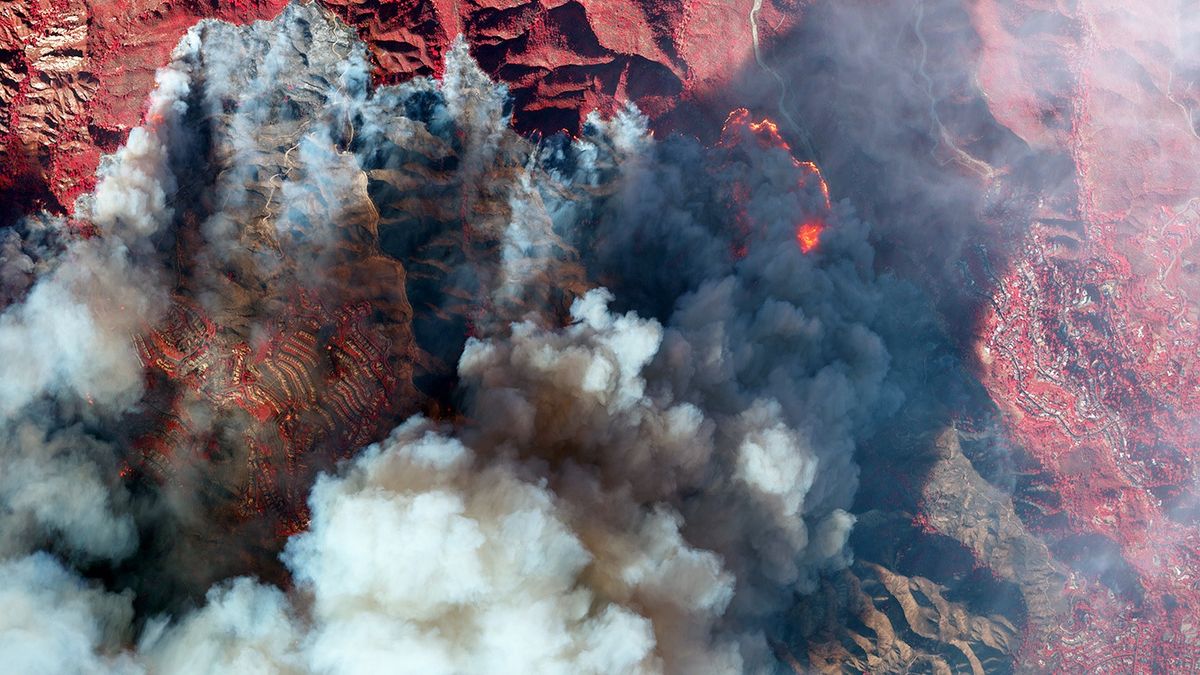
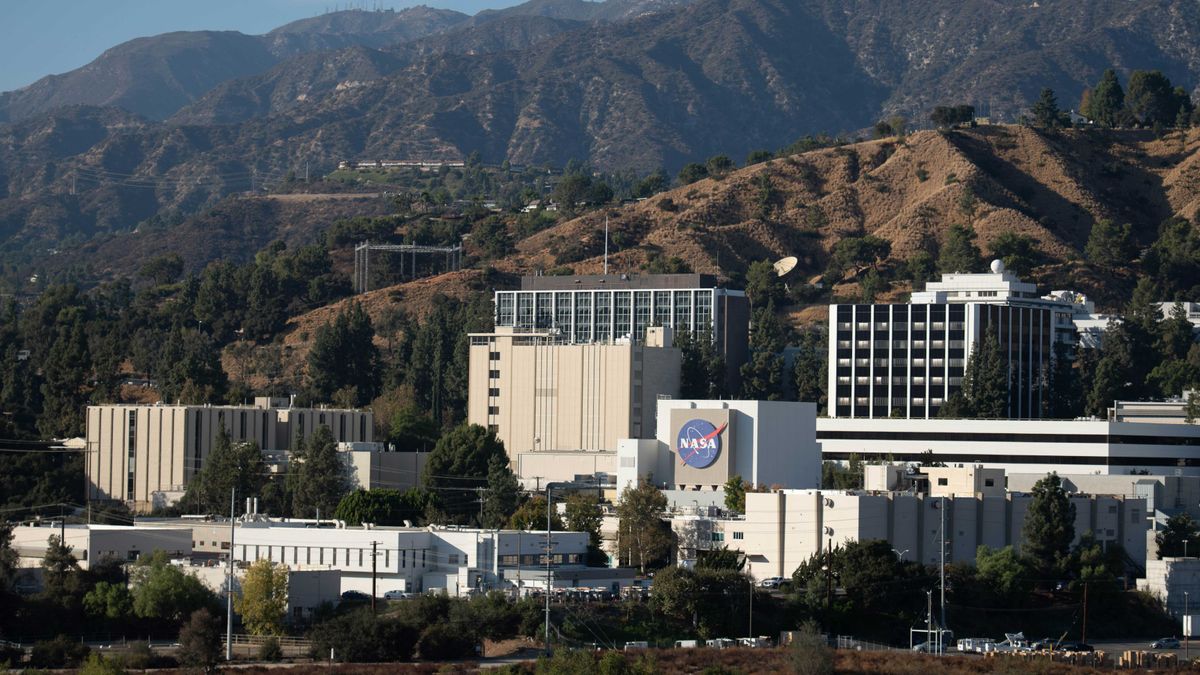
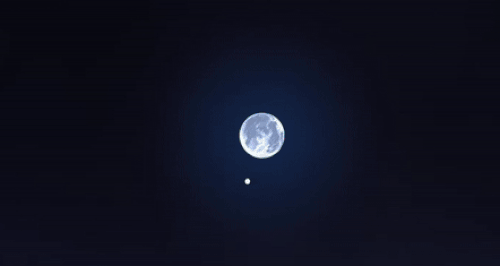



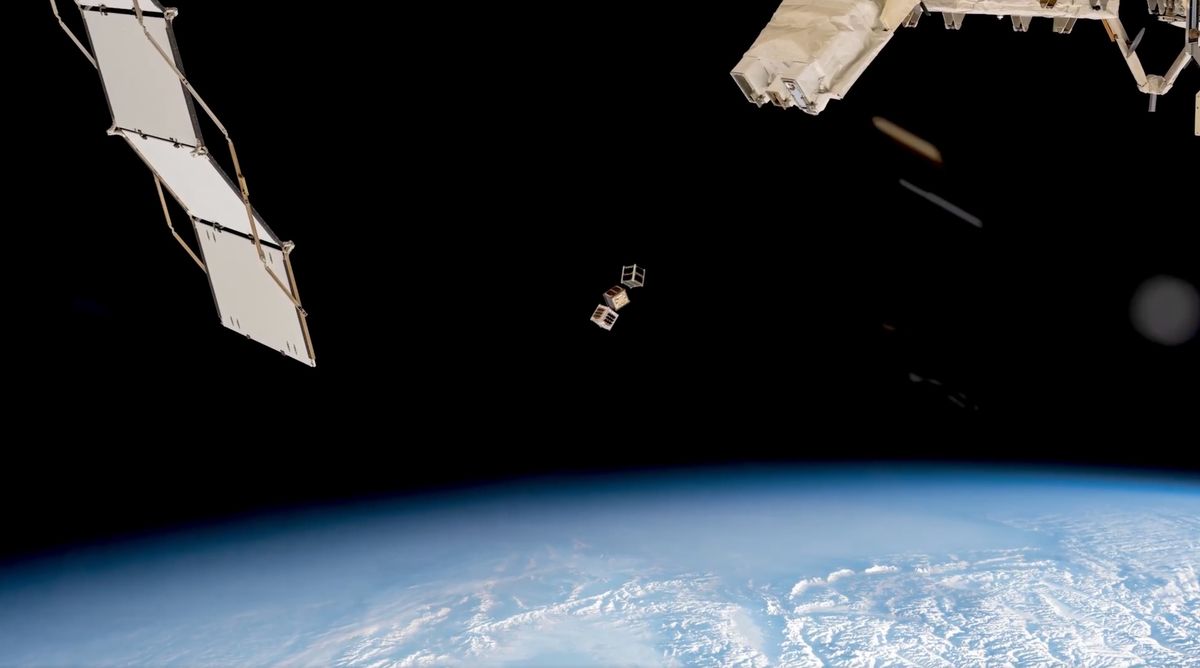
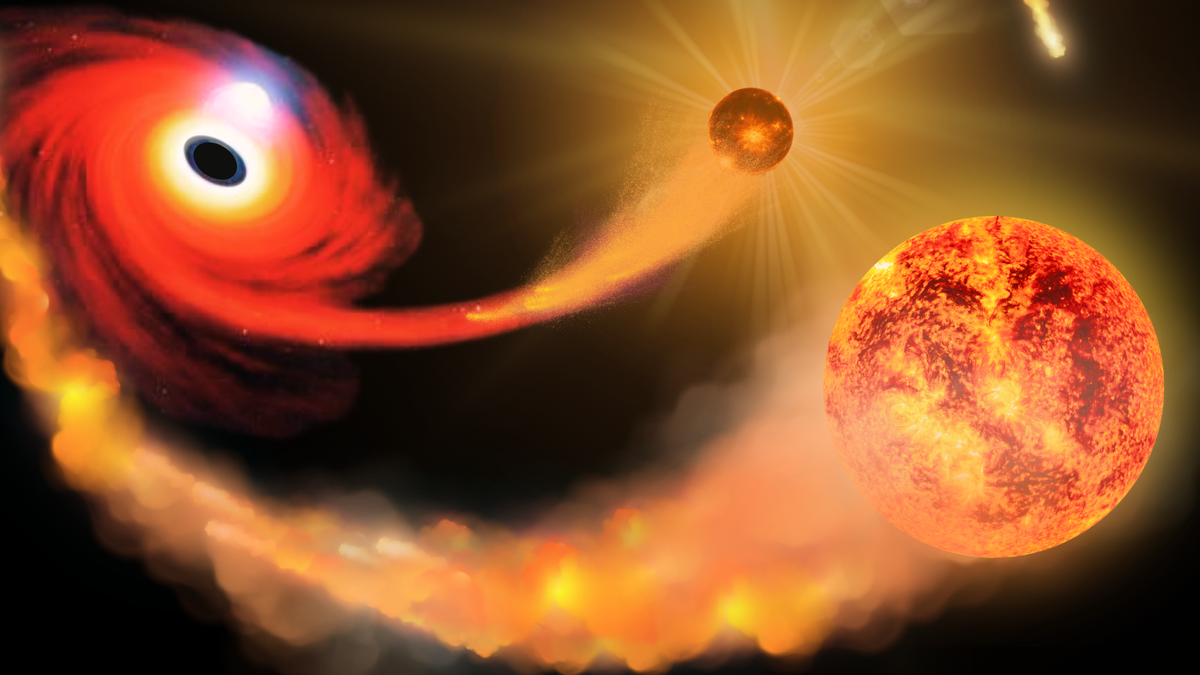
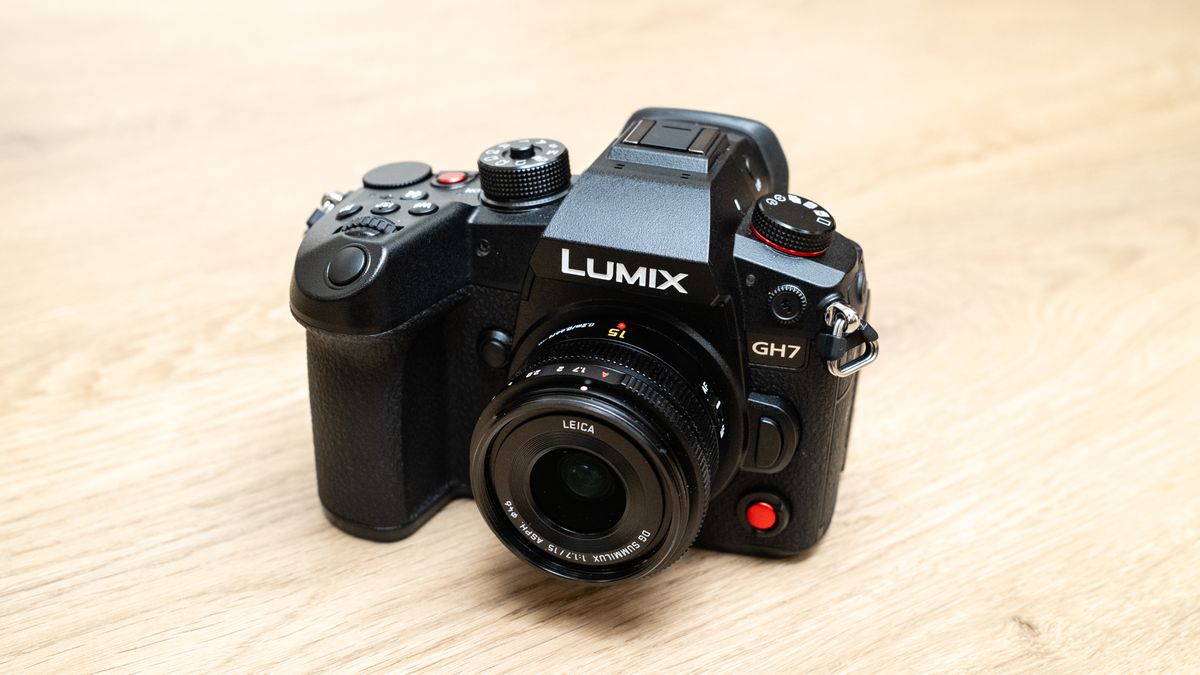
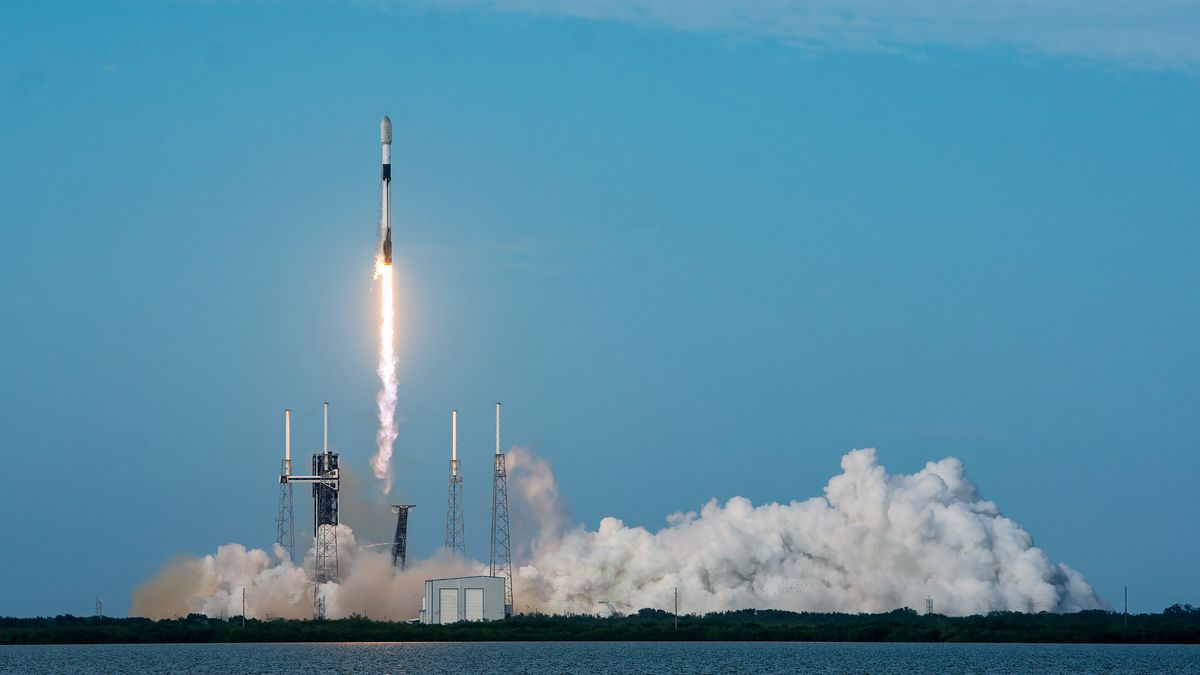
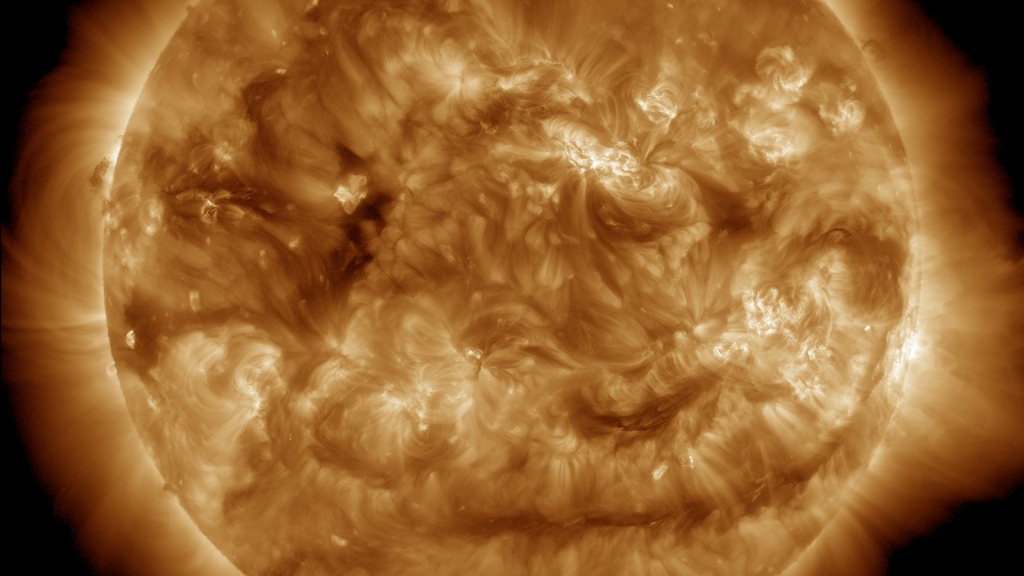






















 Bengali (BD) ·
Bengali (BD) ·  English (US) ·
English (US) ·